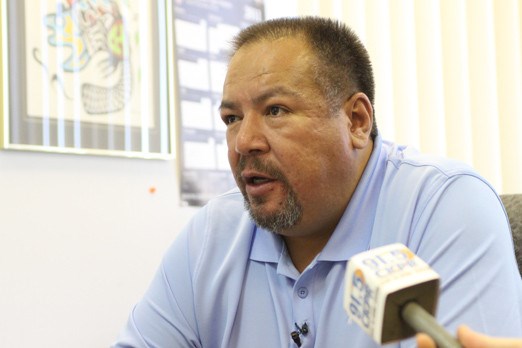The inquest into the 2007 death of 15-year-old Reggie Bushie will be delayed for at least a year with the announcement of a review on First Nation representation on jury rolls, but Nishnawbe Aski Nation’s deputy grand chief Terry Waboose said it’s important to first fix the system.
“What’s the point in having an inquest if there are flaws in the system,” he said. “Let’s fix the system first. Then there’s a fairer chance of coming to the right conclusions and doing a proper job.”
The Ontario Ministry of the Attorney General announced Thursday a year-long review of the jury roll system will be conducted – independent from government - by former Supreme Court Justice Frank Iacobucci.
Waboose said he’s pleased the province has called for the review and it’s been something NAN has worked on since 2008 after the deaths of Jamie Goodwin and Ricardo Wesley in a jailhouse fire resulted in an inquest.
“The issue of the jury roll came up at that time when it was discovered that there wasn’t a represented approval of First Nations people to serve on that inquest,” Waboose said.
The issue came up again with inquests into the deaths of Bushie and Jacy Pierre.
"We’ve had to go to court to get the answers we’ve been inquiring about,” said Waboose.
“This spring we got a judgment on March 10; we got a judgment in the Ontario Court of Appeal upholding our argument that there wasn’t a fair representation of First Nations.”
During the review conducted by Justice Iacobucci, Waboose said they will visit NAN’s First Nations communities and ask for input while developing a jury pool.
In addition to assembling an accurate list of potential jurors, Waboose said he hopes the review will highlight other inequities and challenges in the justice system.
“The issue of juries and First Nations is just one of many challenges to the justice system for First Nation people,” he said.
NAN’s legal counsel Julian Falconer said this is a broad systemic review and is intended to do two things.
One is to document the past and tell the truth about the extent of the exclusions of First Nations people on jury rolls.
“Then secondly, chart a path going forward based on other jurisdictions’ experiences all with the view to ultimately arriving at some real answers,” he said. “The idea is to create a way to go forward.”
Sign in or register
- Messages
- Post a Listing
- Your Listings
- Your Profile
- Your Subscriptions
- Your Likes
- Your Business
- Support Local News
- Payment History
Registered Users
Already have an account?
New Users
Create a free account.
